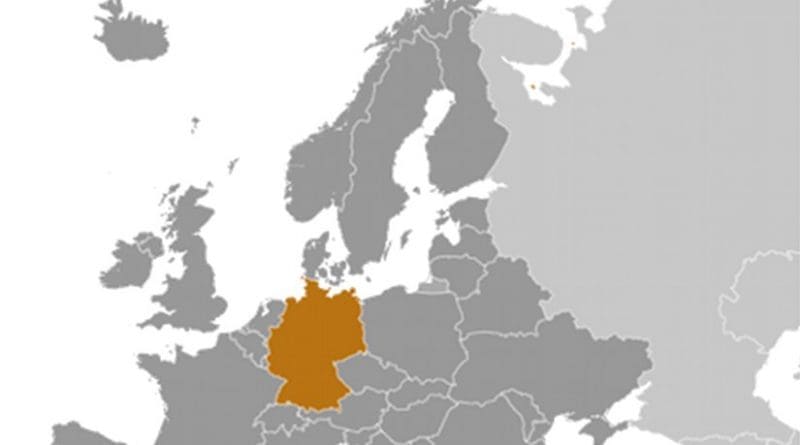Siemens To Withdraw From Nuclear Industry
The head of German industrial giant Siemens has said the company will withdraw its remaining nuclear power offerings and leave the industry.
Siemens is one of the world’s major firms in the energy sector and played a front-running role in the growing nuclear field of the 1970s and 1980s. The Kraftwerk Union technology counted as part of Siemens makes up the entire German nuclear fleet, while reactors were also exported to Argentina (Atucha 2), the Netherlands (Borssele), Switzerland (Goesgen), Spain (Trillo 1).
In an interview with Der Spiegel, CEO Peter Löscher said the company was influenced by the Fukushima accident and its impact on the German political situation. But despite these issues, and their effects on utilities’ maintenance plans, Siemens had already been restructuring and reducing its specialist nuclear businesses for several years – principally through the merger of its reactor business with that of France’s Framatome in 2001, which it pulled out of in 2009 leaving Areva with full ownership and control.
Emsland (RWE)
They don’t make them like this any more. RWE’s Emsland nuclear power
plant, built by Siemens, is the world’s best performing, with lifetime load
factor of 93% across more than 22 years of operation, according toNuclear Engineering International’s Load Factor League Tables
Siemens said it left the Areva partnership to improve “entrepreneurial maneuverability” and within one week Löscher met Russian prime minister Vladimir Putin to discuss a “large-scale partnership” with Rosatom. However, little concrete development followed the visit.
Part of Siemens’ nuclear business strategy was to remain as a specialist provider for the ‘conventional island’ of new nuclear power plants, as well as a provider of safety-critical instrumentation and control systems for new reactors, and it is these main areas that now stand to be discontinued.
In general reactor vendors offer the so-called ‘nuclear island’ of a power plant – the nuclear steam supply system of the reactor vessel, pumps, pipes, steam generation and control systems. Until now Siemens has offered parts and services for the ‘conventional island’ – the steam turbine, generator and cooling water systems. Siemens would provide single components, or, as is the case at Olkiluoto 3, the entire conventional island on a turnkey basis. It also bid jointly with Areva to provide instrumentation and control for Bulgaria’s Belene project.
Most of the reactor vendors have a regular partner or an internal arrangement for conventional island work: Areva usually works with Alstom, while the GE and Hitachi companies can supply themselves, in common with Mitsubishi Heavy Industries. Westinghouse can work with a range of suppliers, including owner Toshiba, while Russia’s Rosatom and South Korea’s Kepco have so far offered turnkey products from domestic suppliers.
In that regard, Siemens has been left without a clear partner for nuclear build projects – a situation that could be exacerbated by a four-year ‘non-compete’ clause signed with Areva as part of the pull-out, although this is under investigation by the European Commission. In the meantime, Rosatom has announced an intention to collaborate with Rolls-Royce, another supplier of safety-critical control systems, although there have been no commitments to joint projects yet.
Siemens will continue to offer steam turbines, generators, control systems and the various other components for use in thermal power plants, including nuclear ones, but without the desire for major involvement in nuclear power specifically.

